Description
The History of the Cycling Cap
The cycling cap, or the ‘casquette’ in French, is a bit of an icon in the cycling world. The simple cloth cap graced the heads of all the greats, with the history of the cycling cap going back through the last century and beyond.
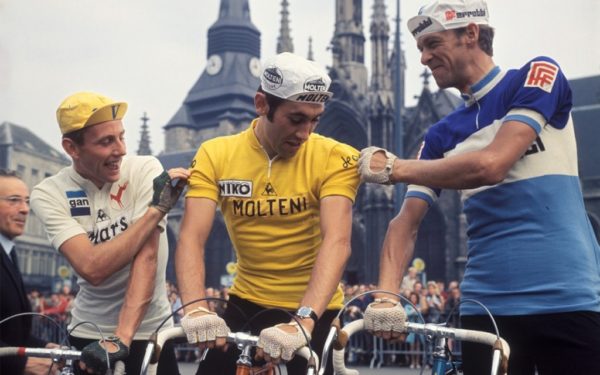
The Early Days
The first documented cycling races started up in the late 1800s, exposing riders to the harsh elements. Some sort of headwear was immediately needed, so the rudimentary flat cap was the obvious choice as opposed to top hats and tails.
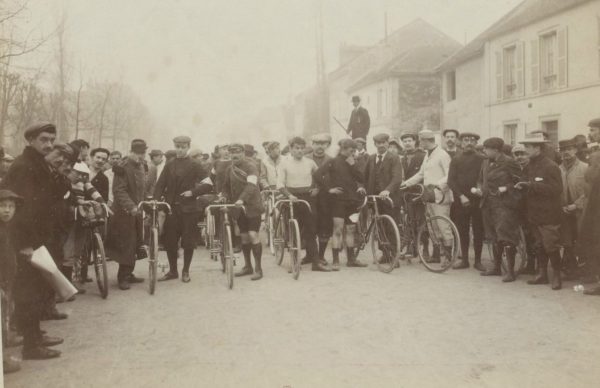
The flat cap was a step in the right direction, but tweed is not an ideal athletic material. This set the groundwork for the cycling cap. Riders wore plain white skull caps, which eventually turned brown and grey with dust and grime over the years. It was purely functional, keeping the sun out of the eyes, absorbing sweat, and keeping the rain and muck out.
The Hayday
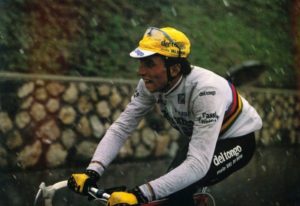
By the 1950s, the cycling cap became the ultimate mark of a professional cyclist. The design was refined through the 60s, coming to resemble what we know it today. Sponsors began branding caps, and it became a way to spread your name in the cycling world.
Not only were they worn on the bike, but on podiums and on the heads of coaches and everyone else inspired by the cycling greats. Those who may not be able to afford a Campagnolo-equipped bike could afford a Campagnolo cap, so it became an entry into the cycling culture.
The Decline
With the introduction of helmets to cycling in the 70s and 80s, the cycling cap became less of a necessity. Although it was no longer the mark of a professional cyclist, it remained a part of the cycling kit. The helmet and the cycling cap were not necessarily mutually exclusive, and many cyclists chose to wear a cap under their helmets in cold and wet weather.

July 25, 2020 by Sarah Lauze – Excerpt from iLove Bicycling
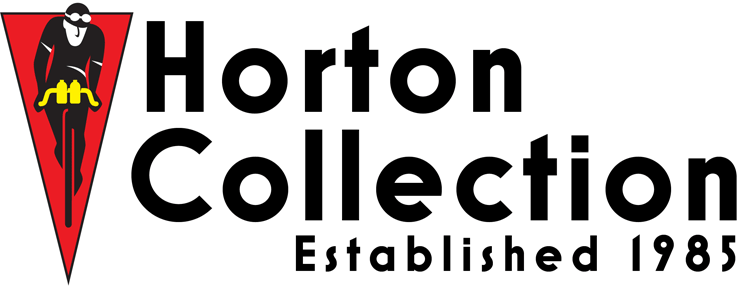



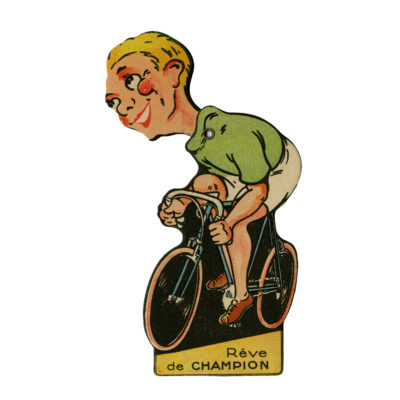
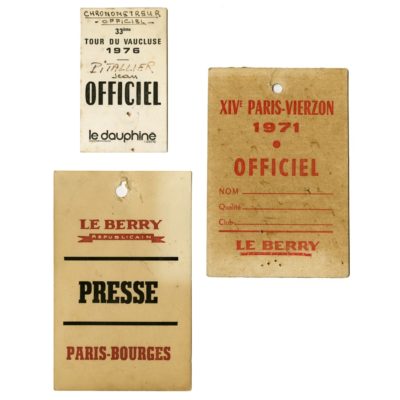
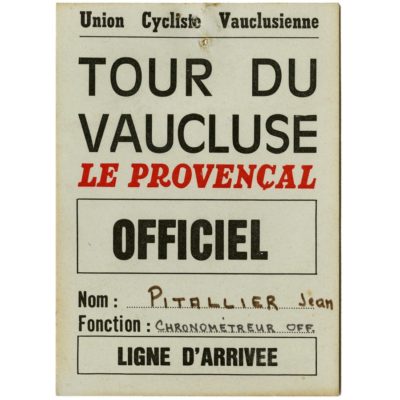
Recent Comments